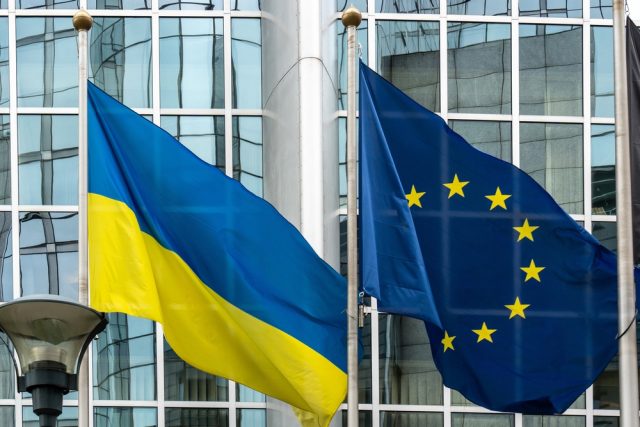
EU unveils plans for a “drone wall” and strengthened eastern surveillance to counter rising threats
The European Union is preparing an ambitious military transformation aimed at fortifying its defences against an increasingly unstable security environment. In a landmark document circulated to the 27 member states, the European Commission outlined its Defence Roadmap 2030, calling for urgent action to ensure Europe is fully prepared to deter and respond to modern threats by the end of the decade.
At the heart of the roadmap are two flagship projects described as requiring “particular urgency”: the creation of a European Drone Wall and the enhancement of surveillance along the eastern flank of the Union. These initiatives are a direct response to Russia’s ongoing war against Ukraine and the recent surge in airspace violations over EU territory. According to the document, these provocations—ranging from unauthorized flights to cyberattacks—highlight the pressing need for rapid and coordinated action.
“The EU must possess a sufficiently strong defence posture to credibly deter its adversaries and respond to any aggression,” the Commission wrote. “To be ready by 2030, Europe must act now.”
The proposed European Drone Wall would deploy advanced unmanned aerial systems along the EU’s borders to monitor movements, detect potential incursions, and strengthen control over critical infrastructure. While details remain under discussion, the project envisions a network of interconnected drones equipped with cutting-edge sensors, capable of both surveillance and rapid response. The concept goes beyond traditional border security, integrating civilian and military applications to safeguard energy pipelines, transportation hubs, and other vital assets.
Complementing the drone initiative is a comprehensive plan to reinforce surveillance on the eastern flank, where member states bordering Russia and Belarus face the most immediate risks. This effort aims to improve intelligence-sharing, expand radar coverage, and deploy new early-warning technologies to detect hostile activity before it escalates. The goal is to give European decision-makers the tools to react swiftly in a crisis and to signal to potential aggressors that the EU’s frontiers are secure.
But the roadmap does not stop there. Two additional flagship projects—the European Air Defence Shield and the Space Defence Shield—are also highlighted as pillars of the continent’s long-term security. Together, these initiatives would enhance Europe’s ability to defend its skies and protect critical satellite infrastructure, recognizing that future conflicts will likely extend beyond traditional battlefields into cyber and space domains.
The Commission stresses that these projects are not merely military in scope. They will require progress in industrial policy, technological innovation, and cross-border cooperation. The roadmap calls for a robust defence industrial base capable of rapid, large-scale production and the integration of cutting-edge technologies. Europe, the document warns, must be able to innovate “in the crucible of war,” ensuring that its forces have the equipment and capabilities needed for modern warfare.
Participation in the flagship projects will be open to all member states, with the potential to designate them as European defence projects of common interest under the European Defence Industrial Programme (EDIP) framework. This pan-European approach is designed to foster collaboration across national borders, ensuring that the benefits—and the responsibilities—of the initiatives are shared throughout the Union.
The urgency of the plan reflects the “acute and growing dangers” that Europe faces. The document explicitly cites Russia’s “large-scale and unprovoked military aggression against Ukraine,” which continues to escalate in brutality, as well as an increase in reckless provocations against EU states, including cyberattacks and deliberate airspace violations. These threats, it argues, demand an accelerated timetable for action and a willingness to invest in both defence capabilities and political unity.
The Defence Roadmap 2030 will serve as the basis for discussions at the upcoming informal European Council in Copenhagen, where leaders are expected to debate funding, governance, and the technical details of each project. While challenges remain—including securing adequate financing and balancing national sovereignty with collective action—the plan signals a decisive shift toward a more assertive European defence posture.
By integrating drone technology, space-based defences, and enhanced border surveillance, the EU aims to build a credible deterrent that can adapt to the rapidly evolving threat landscape. For a continent long reliant on NATO for security, the roadmap represents not just a policy proposal but a strategic awakening: Europe intends to take greater responsibility for its own protection.



 Subscribe
Subscribe